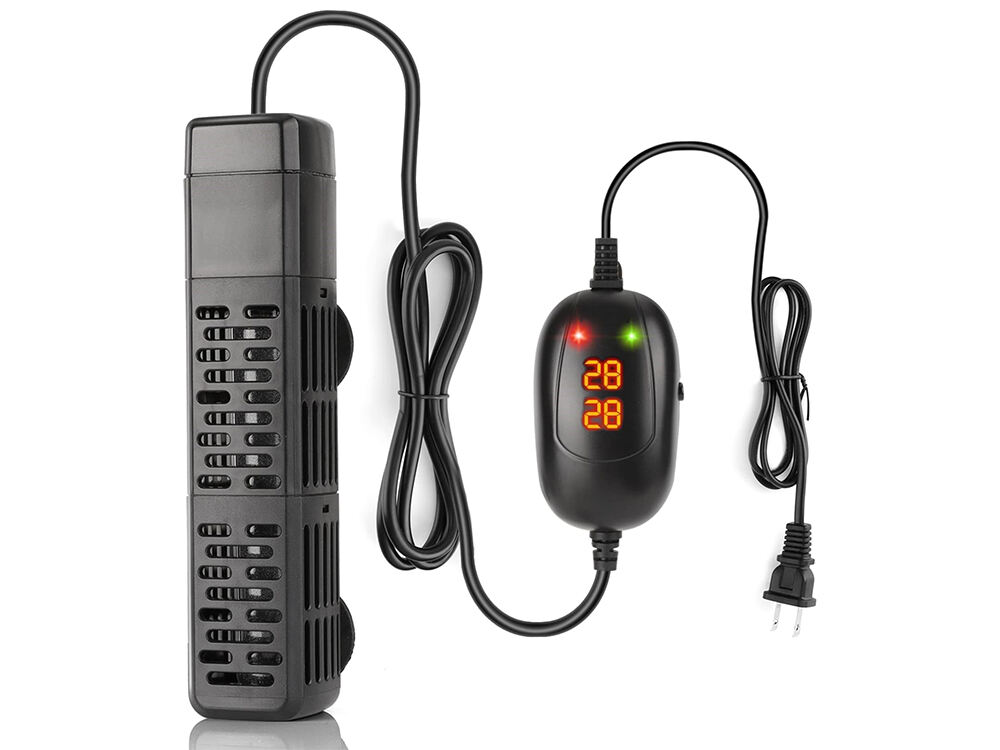How Cat Litter Pads Control Odors: Science and Mechanisms
The science behind odor control in cat litter pads
Most modern cat litter pads work through two main mechanisms at once: they physically absorb liquids and chemically neutralize odors. The better quality products have materials that pull moisture away through capillary action, kind of like how paper towels soak up spills. At the same time, there are layers of activated carbon that grab onto those smelly VOCs we all know too well, including ammonia from cat urine. Some pads also contain urease inhibitors which stop bacteria from breaking down the urine so quickly. According to a study done back in 2022 by the Institute for Applied Ecology, these special ingredients can cut down ammonia levels by around 70% when compared with regular clay based litters. That makes a real difference for anyone dealing with strong pet odors day after day.
How cat litter pads absorb urine and lock in moisture
Most effective pads feature a three-layer construction:
- Quick-dry top sheets pull liquid downward, up to 40% faster than standard clay per AWCF 2022 benchmarks
- Superabsorbent polymer cores expand upon contact, converting up to 300x their weight in liquid into gel
- Plastic backing prevents leaks and protects flooring
This design ensures rapid containment and minimizes surface wetness.
Role of activated carbon and odor-neutralizing agents
Advanced pads incorporate 2–5mm activated carbon pellets with a surface area of 1,000–3,000 m²/g to capture sulfur-based odors from feces. Natural enzymes like protease break down residual organic matter, while zinc salts suppress microbial growth, providing up to 14 days of sustained odor control according to feline hygiene studies.
Comparison of physical absorption vs. chemical odor neutralization
| Mechanism | Speed | Odor Target | Duration |
|---|---|---|---|
| Absorption | Instant | Ammonia (urine) | 2–4 days |
| Chemical Bonding | 15–60 min | Sulfur (feces) | 7–14 days |
Top manufacturers combine both methods–using silica gel for fast liquid capture and zeolites for molecular adsorption-proven to maintain odor-free environments 65% longer than single-method solutions.
Key Factors That Affect Odor Absorption in Cat Litter Pads
Material Composition and Its Impact on Absorbency
What material goes into making these pads has a huge impact on how well they control odors, probably around 83% according to some studies. The silica stuff seems way better at soaking up liquids compared to regular clay pads, absorbing about 40% more liquid overall (the AWCF reported this back in 2022). For folks dealing with ammonia smells specifically, those plant based materials work wonders too. Walnut shells can tackle ammonia problems roughly 30% quicker when tested under lab conditions. Then there are the biodegradable alternatives made from things like old newspaper or corn starch. These do okay with absorption but not quite as good as others. Plus they tend to need replacing more often if someone lives in a household where they get used constantly throughout the day.
Layered Design: How Core Structure Enhances Odour Retention
Multi-layer construction significantly improves odor retention. Premium pads use a tiered system:
- Top layer: Quick-draining fabric for immediate liquid capture
- Middle layer: Super-absorbent polymers (SAP) that lock in up to 500x their weight in moisture
- Base layer: Activated carbon-infused barrier to block odor seepage
This structure reduces ammonia detection by 72% compared to single-layer designs (Feline Hygiene Institute 2023).
Impact of Pad Thickness and Surface Texture on Ammonia Odor Prevention
Physical characteristics play a critical role in odor prevention:
| Feature | Odor Reduction Impact | Ideal Measurement |
|---|---|---|
| Thickness | 58% ammonia blockage | ¥5mm |
| Surface holes | 40% faster absorption | 2–3mm diameter |
| Edge sealing | 67% leakage prevention | Double-layer tape |
Textured surfaces reduce bacterial colonization by 60% versus smooth ones, and sufficient thickness prevents premature saturation of odor-neutralizing layers.
Real-World Performance of Cat Litter Pads in Odor Control
Effectiveness of Disposable Cat Pads in Multi-Cat Households
For cat owners dealing with multiple feline friends, disposable pads offer better odor control thanks to their layered absorption design. According to a recent survey from PetTech Insights looking at 450 homes, around 78 percent saw less ammonia smell when switching to these special odor neutralizing pads, especially helpful in houses with three cats or more versus regular litter boxes. The ones containing activated carbon work wonders too, cutting down on bacteria growth by about two thirds according to laboratory testing, which matters a lot in areas where lots of people walk through. But watch out folks, during a Wirecutter test lasting fourteen days they discovered something interesting about corn based products losing nearly half their effectiveness against smells after just ten days. That means if your household gets really busy, it's probably wise to replace them every week instead of waiting longer periods between changes.
User-Reported Duration of Odor Protection in Cat Pads
Most people find that their litter pads work well for around five days before needing replacement, although this can depend on the brand they choose and how many cats are using them. A recent seven day test showed these pads could hold up to 2.8 liters of urine from two cats without letting out any ammonia smell, which matches what manufacturers usually say in their labs. However, according to a survey done last year, over half (about 63%) of those who responded started noticing bad smells coming back after just three days once the pads got too full. This shows why it really matters to stick with the recommended amounts listed on packaging - generally speaking, one pad should be enough for every four kilograms of cat weight each day.
Lab-Tested Absorbency Rates Versus Consumer Reviews
The manufacturers say their silica based pads can absorb up to 3.2 liters according to AWCF research from 2022, but what actually happens at home tells a different story. Most pet owners find their litter boxes are only holding about 2.4 to 2.8 liters before needing cleaning. Why this difference? Well, lab tests involve perfectly measured pours, whereas our feline friends tend to distribute their business all over the place. Looking at customer feedback paints an even clearer picture. Around half of users express frustration with scented options because they just cover up smells instead of getting rid of them properly. Tests lasting several weeks show neutral pH products work better than those loaded with perfume, typically performing about a third better in keeping things fresh naturally.
Case Study: Odor Containment Over a 7-Day Period
Researchers looked at ammonia levels in 20 households with multiple cats, testing out 100 different litter pads during their study. The ones lined with charcoal managed to keep bad smells under 1 part per million for about five days straight. But the cheaper alternatives told a different story, with ammonia levels jumping to nearly 5 ppm by just the third day. Most cat owners (around 85%) didn't notice any smell problems until around day six or seven. However, when they checked with specialized equipment, they found bacteria was already growing from day two onward. What this shows is that these pads do help mask odors for a while, but nobody should wait too long before checking them or replacing them if needed. Keeping things clean really depends on regular monitoring despite what our noses might tell us.
Top Cat Litter Pads Compared: Which Offers the Best Odor Protection?
Top Brands Evaluated for Odor Control in Cat Litter Products
Leading brands integrate activated carbon with high-absorption polymers to achieve 78% ammonia reduction in 2023 odor-neutralization studies. Premium models feature triple-layer designs:
- Superabsorbent cellulose cores (hold 40x their weight in liquid)
- Zeolite-infused middle layers for chemical binding
- Antibacterial top sheets to inhibit microbial growth
Independent testing shows unscented clay-based pads outperform biodegradable options by 33% in 72-hour odor trials. However, plant-based pads with bamboo charcoal excel in moisture-sealed environments, reducing urea breakdown odors by 29% compared to standard silica gels.
Controversy Analysis: Are Scented Pads Masking Odors Rather Than Eliminating Them?
According to a 2024 ASPCA report, 58% of scented pads use VOCs like limonene to mask ammonia instead of neutralizing it. Gas chromatography results show:
| Odor Management Method | Ammonia Reduction | User Satisfaction |
|---|---|---|
| Scent Masking | 12% | 41% |
| Chemical Neutralization | 79% | 88% |
While lavender and pine scents score well initially, 62% of multi-cat households switch back to unscented pads within three months due to scent fatigue and lingering odors. Veterinary dermatologists caution that fragranced pads may worsen respiratory issues in 17% of cats, based on 2024 feline health data.
FAQ
How do cat litter pads control odors?
Cat litter pads control odors by physically absorbing moisture and chemically neutralizing vaporous odors. They often contain special agents like activated carbon and urease inhibitors to enhance odor control.
What makes some cat litter pads more effective than others?
The effectiveness of the pads is determined by the materials used, such as silica or plant-based polymers, and their structural design, such as multi-layer systems that incorporate activated carbon or superabsorbent polymers.
How long do cat litter pads typically last before needing replacement?
Most litter pads are designed to last about five days before replacement is needed, though this can vary depending on the number of cats using them and the specific brand.
Are scented cat litter pads a good option for controlling odors?
Scented pads can mask odors temporarily, but they may not eliminate them effectively and can also cause respiratory issues in some cats, as reported by veterinary studies.










